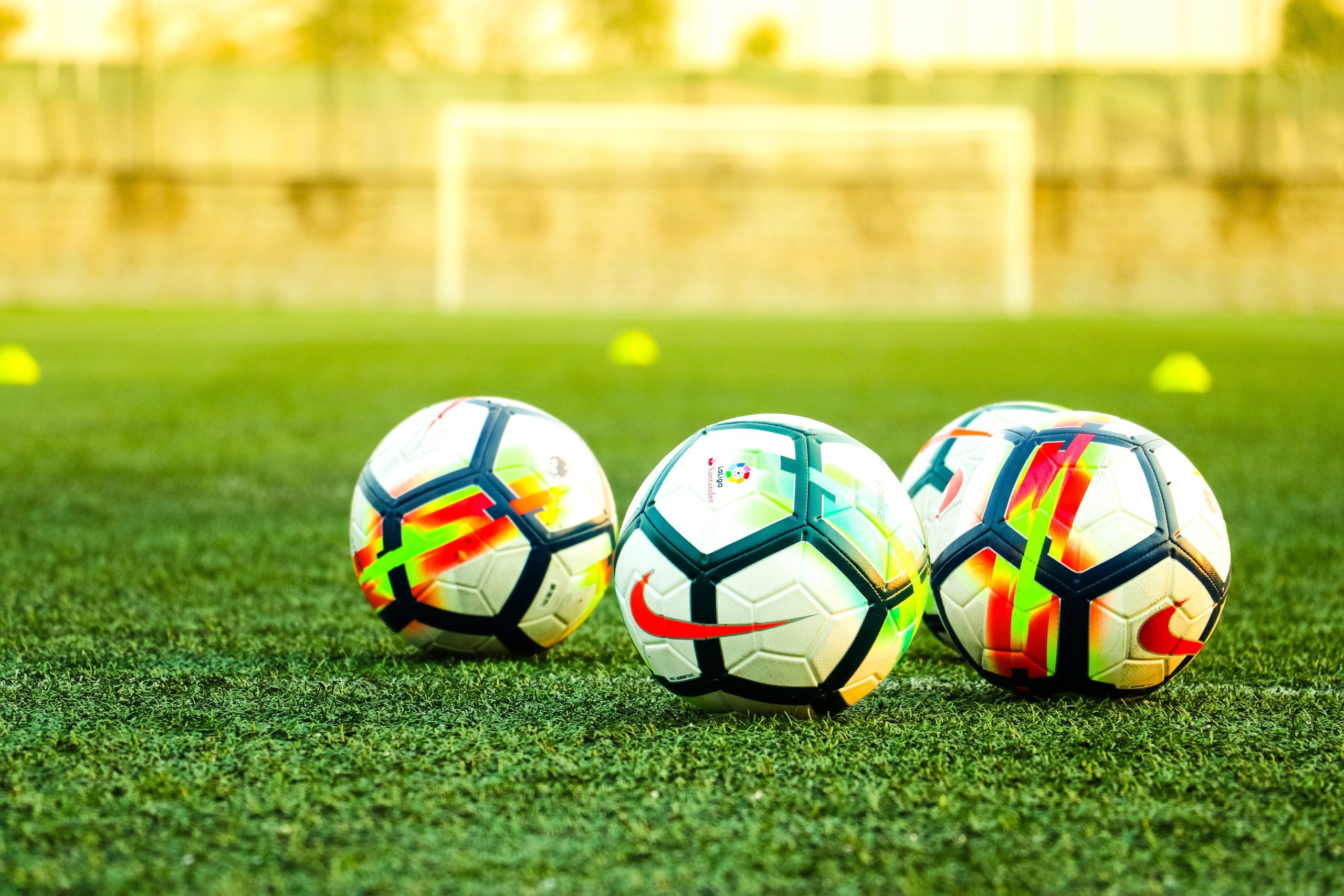Soccer is one of the most popular sports in the world, and if you want to take your game to the next level, then you need to be in peak physical condition. Fitness is key when it comes to soccer, as it can make all the difference between success and failure on the pitch. This guide will provide you with a comprehensive roadmap for achieving peak performance through soccer fitness. You’ll discover why proper conditioning is so important, how to customize your training program for maximum results, and what nutrition tips you need to know—all backed by research from leading experts in the field. Let’s get started!
What is Soccer Fitness?
Soccer fitness is a term used to describe the physical conditioning of a player to optimally play the game of soccer. There are many physical, mental, and emotional aspects that come into play when trying to achieve peak performance on the soccer field. Achieving soccer fitness requires dedication and commitment to a training and nutrition program that is specifically designed to improve all aspects of a player’s game.
The first step in creating a soccer fitness program is to assess the current state of the player’s fitness. This can be done through a variety of tests that measure things like speed, agility, endurance, and power. Once the baseline level of fitness has been determined, the next step is to create a program that will help the player gradually improve their fitness level over time. The program should be designed specifically for the individual player based on their needs and goals.
A typical soccer fitness program will include a mix of aerobic and anaerobic exercises. Aerobic exercises are those that increase heart rate and breathing while working large muscle groups over an extended period of time. Anaerobic exercises are shorter in duration and more intense, working muscles at or near their maximum capacity. Both types of exercises are important for developing the endurance and strength needed to play soccer at a high level.
In addition to specific exercises, players also need to pay attention to their diet in order to maintain peak performance on the field. Eating healthy foods that provide the body with plenty of nutrients is essential for
The Benefits of Soccer Fitness
When it comes to soccer fitness, there are a number of benefits that can be achieved by following a proper fitness routine. Perhaps the most obvious benefit is an improvement in your overall physical condition. This improved physical condition will lead to better performance on the soccer field and can help prevent injuries.
In addition to the physical benefits, soccer fitness can also have a positive impact on your mental game. A fit body leads to a fit mind, and a fit mind is essential for peak performance in any activity. Soccer is no different. By being in excellent physical condition, you’ll be able to think more clearly and make better decisions on the field. This improved mental game can often be the difference between winning and losing.
Finally, soccer fitness can also help you enjoy the game more. When you’re physically fit, you have more energy and stamina to play hard for the entire 90 minutes (or longer). You’ll also recover more quickly from sprints and other strenuous activities during the game. This means you’ll be able to stay fresh throughout the match and really savor those precious moments when you score a goal or make a great save.
The Different Types of Soccer Fitness Training
There are a few different types of soccer fitness training that you can do to improve your performance on the pitch. The first is aerobic training, which is designed to improve your endurance and cardiovascular health. This type of training typically involves activities like running or cycling.
The second type of soccer fitness training is anaerobic training, which is intended to help you develop your power and speed. This type of training often includes things like sprinting or lifting weights.
Finally, there is flexibility training, which as the name suggests, is designed to improve your flexibility and range of motion. This type of training can be done through stretching exercises or yoga.
How to Get Started with Soccer Fitness Training
If you’re serious about taking your game to the next level, then soccer fitness training is a must. But where do you start? Here’s a quick guide to help you get started on the road to peak performance:
- Set some goals. What do you want to achieve with your fitness training? Are you looking to improve your stamina, speed, or strength? Or all of the above? Having specific goals in mind will help you create a training plan that’s tailored to your needs.
- Find a training partner. It’s always more fun (and motivating) to train with someone else. Find a friend or teammate who shares your goals and commitment to improve.
- Get a coach. A good coach can make all the difference in helping you reach your potential. They can create individualized training programs and provide feedback and guidance along the way.
- Join a team or club. Training with others will not only keep you accountable, but it’ll also make the whole process more enjoyable. You’ll push each other to get better and have plenty of people to celebrate your successes with.
- Invest in quality gear. Having the right equipment can make working out more comfortable and effective. Make sure you have proper footwear, supportive clothing, and any other gear recommended by your coach or trainer
Tips for Maintaining Your Soccer Fitness Level
Assuming you have already reached a good level of fitness, here are some tips to help maintain your fitness during the season:
-Continue to train regularly, both with the team and on your own. Maintaining your fitness level requires consistent work and dedication.
-Be mindful of your diet. Eating healthy foods will help your body recover from training and games, and will also give you the energy you need to train effectively.
-Listen to your body. If you feel like you are starting to burn out, take a break. It’s important to recover mentally and physically in order to avoid injury and stay fresh throughout the season.
Conclusion
Soccer fitness is an important part of playing the game. Whether you’re a professional soccer player or just playing for fun, having good physical fitness can help you become more competitive and have better performance on the field. That’s why it’s essential to invest time in developing your soccer fitness plan that works best for you and helps you reach peak performance. With this guide, we hope that we have provided some guidance on how to create a successful training program tailored specifically to your goals.










